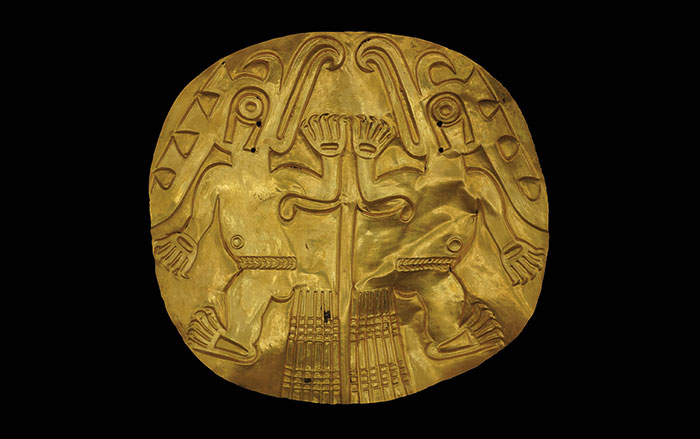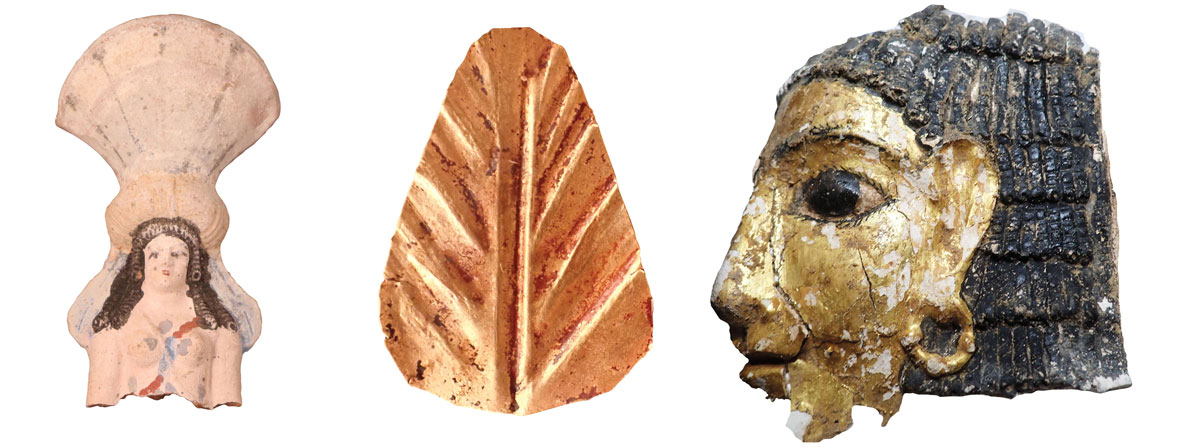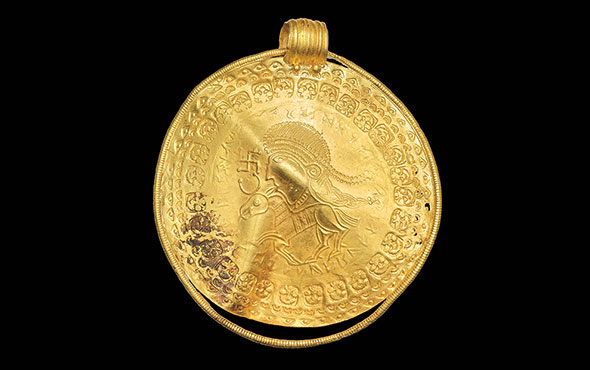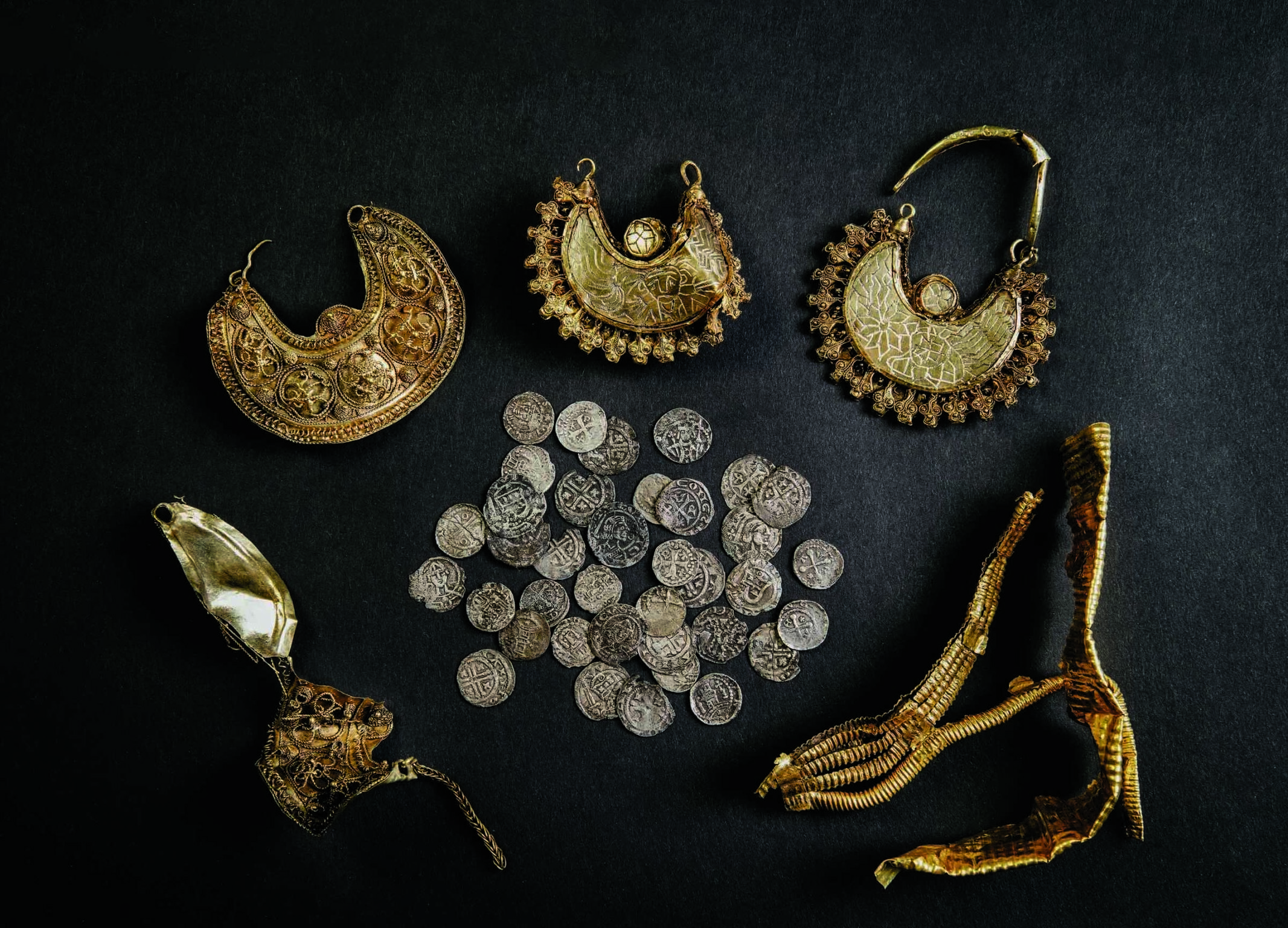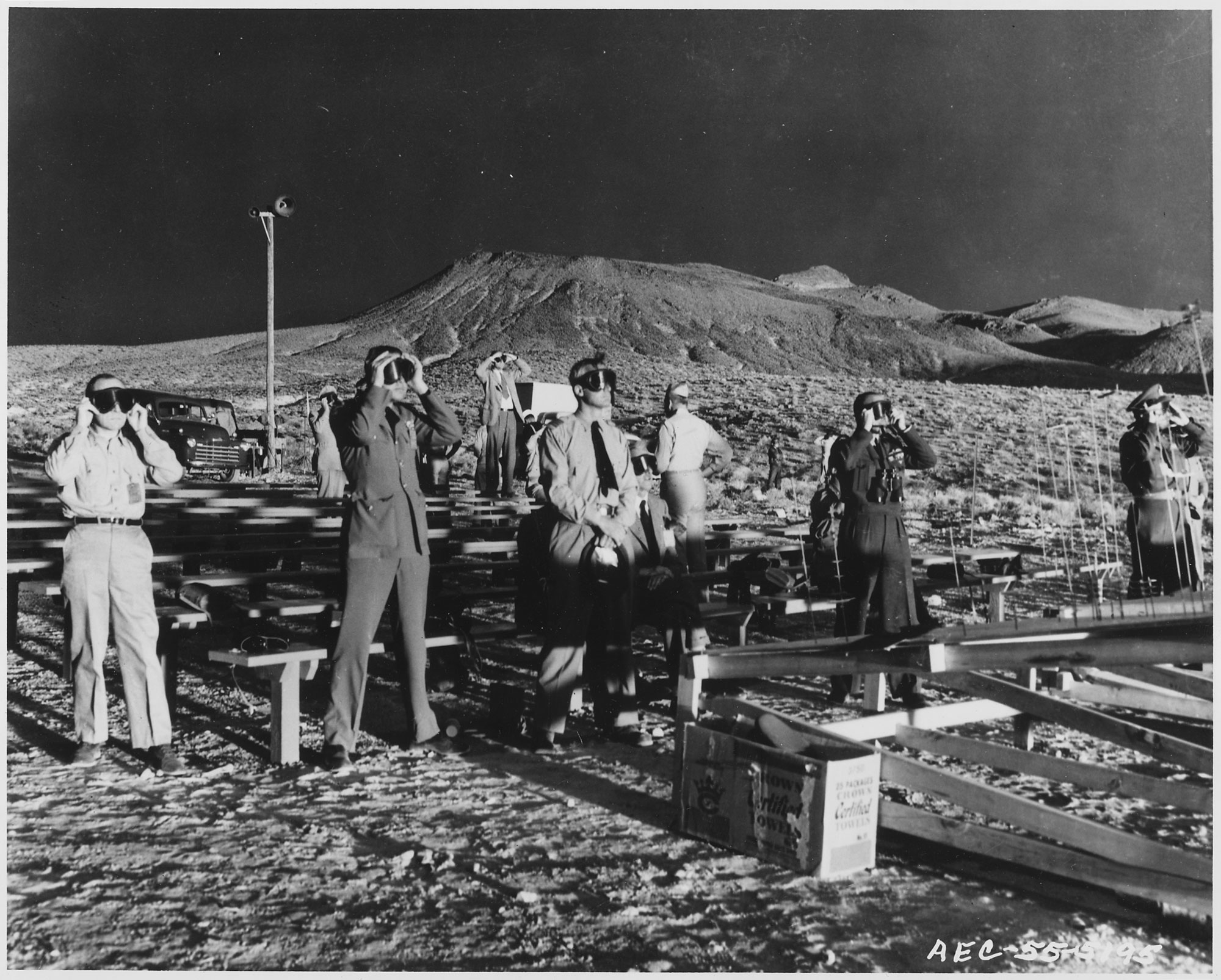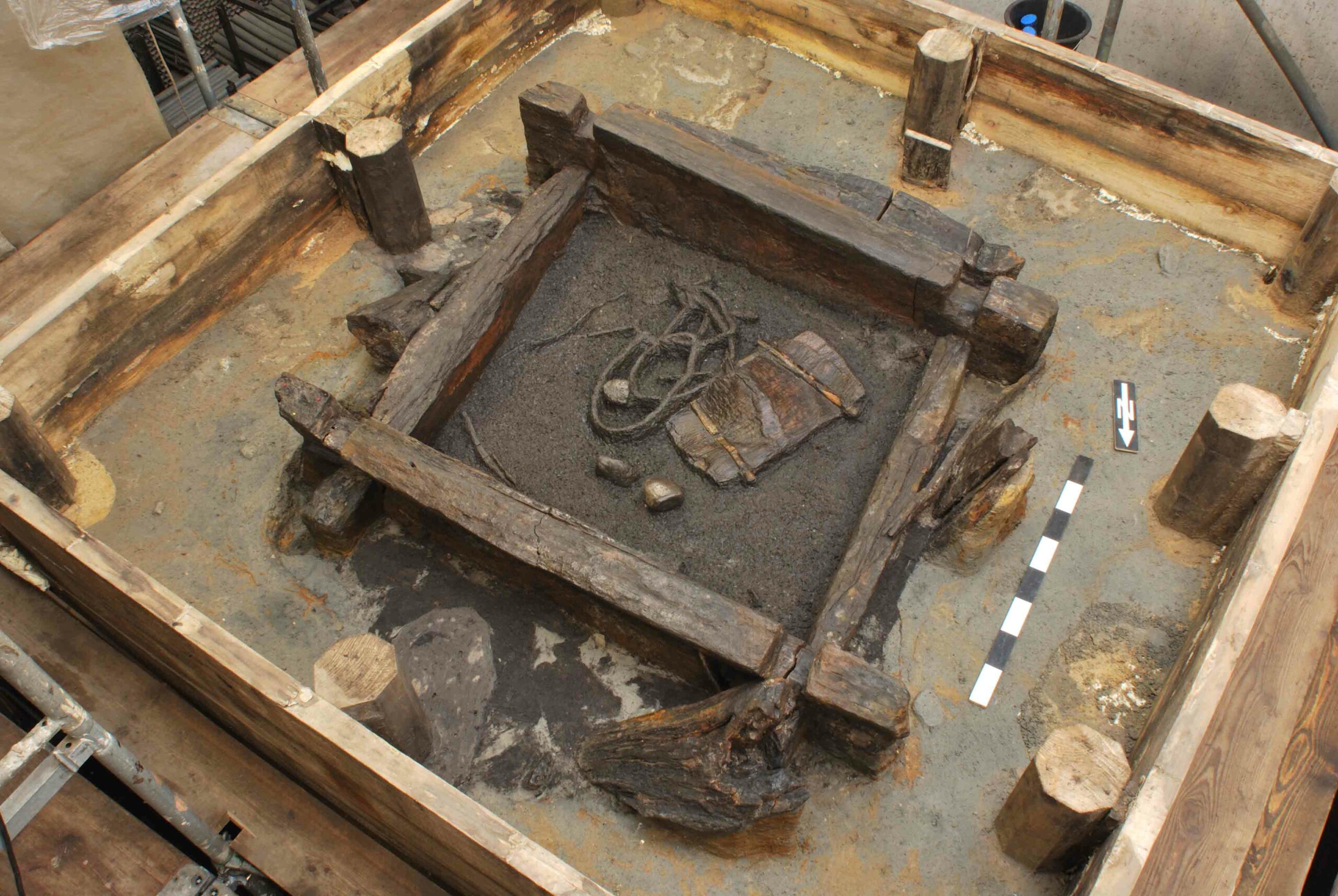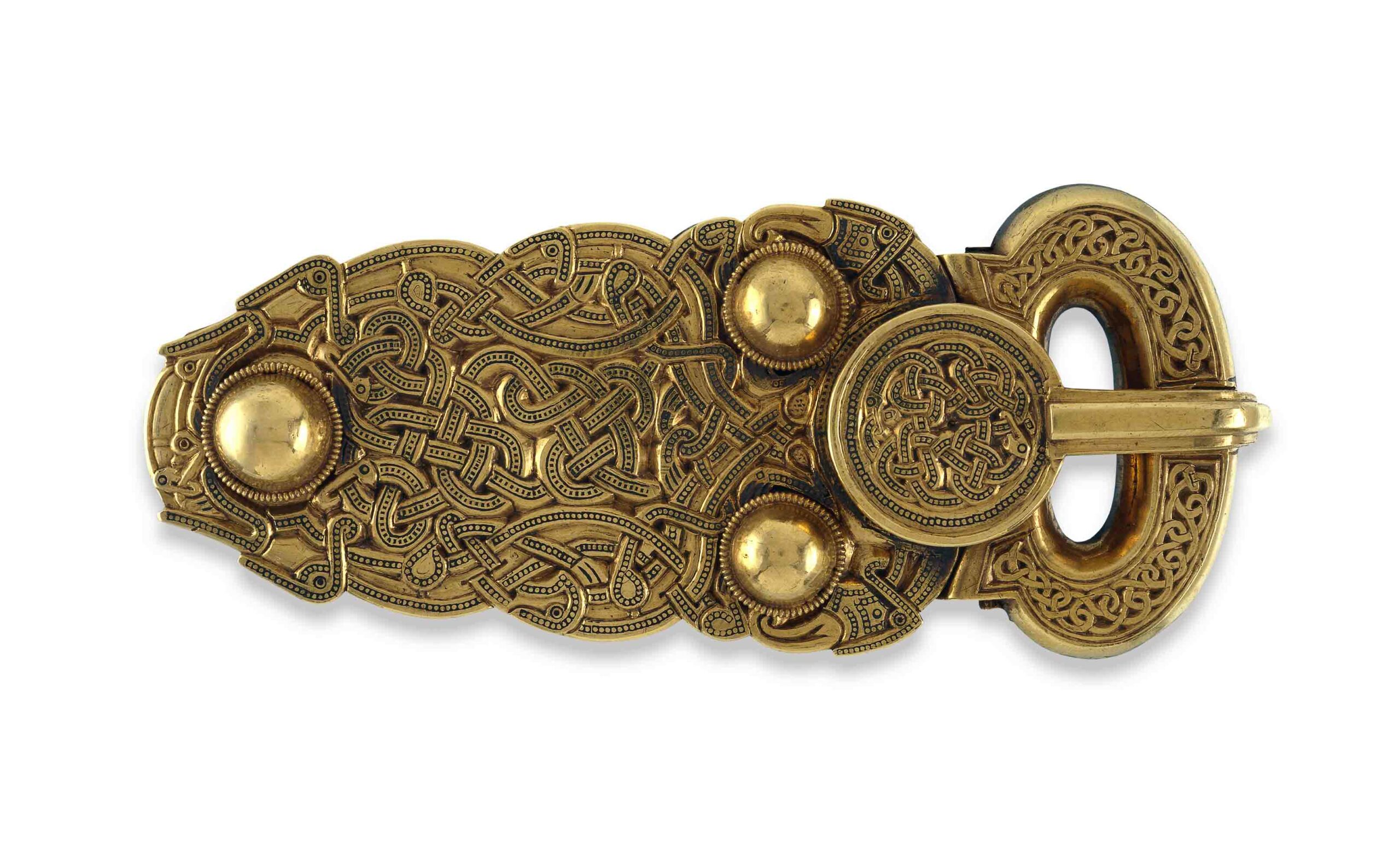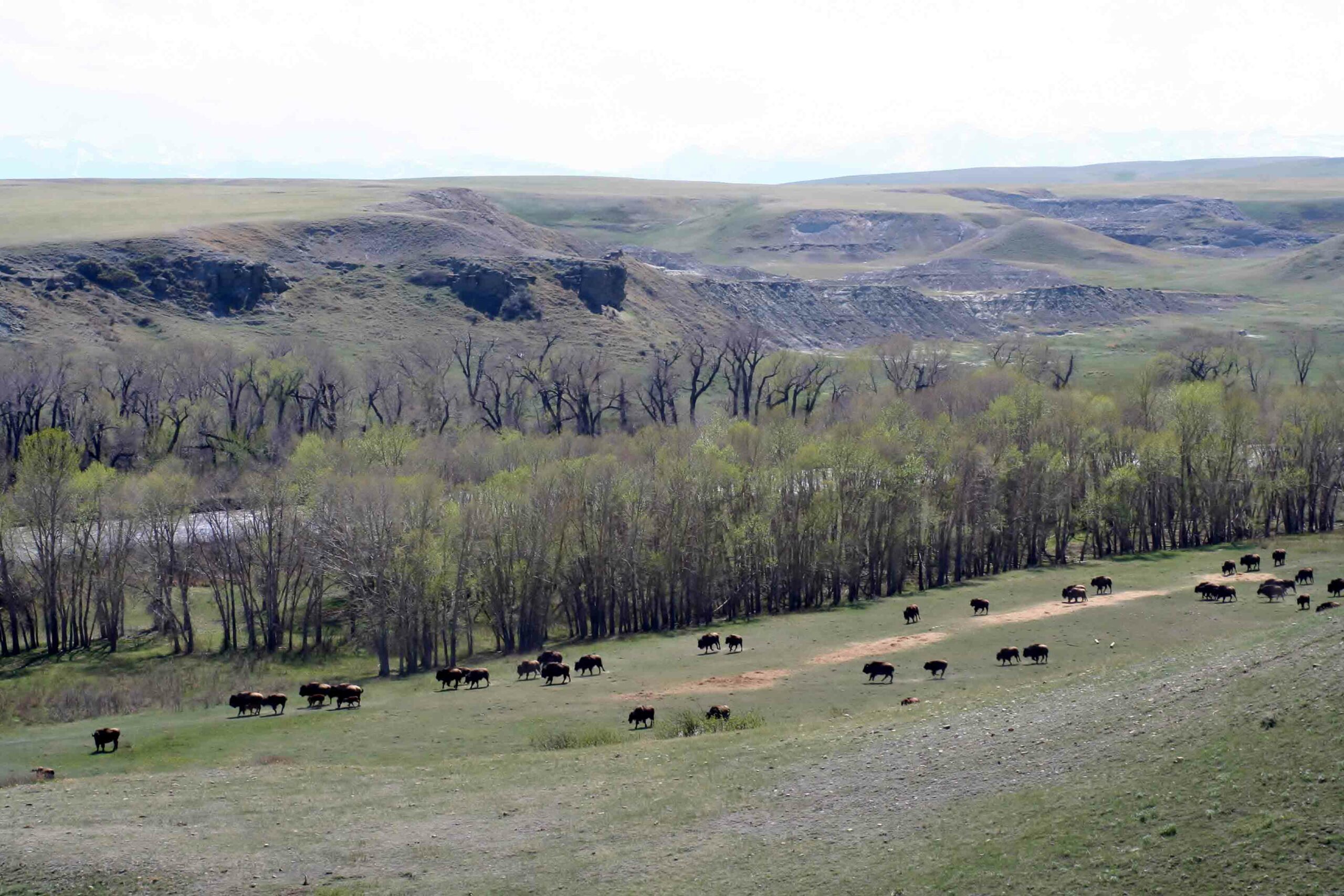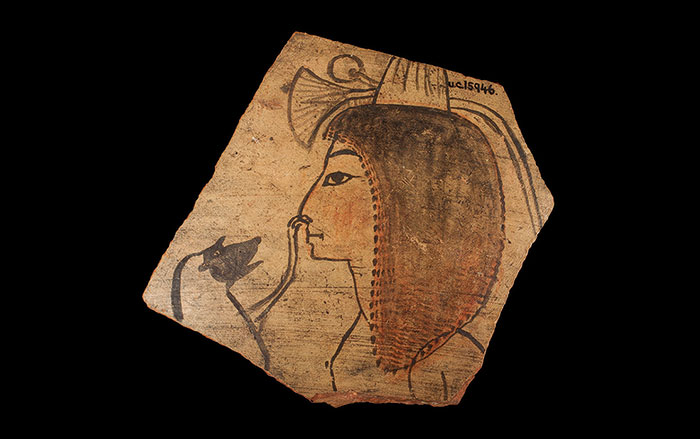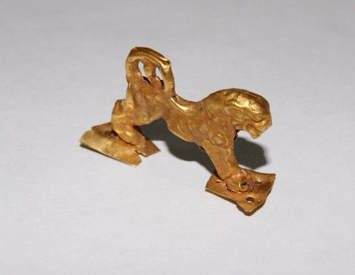
ALMATY, KAZAKHSTAN—The Kok Kainar burial mound has yielded three artifacts, according to a report in Tengrinews. The first is described as a figurine of a feline predator dating to the fourth century B.C. “It is made of two pressed embossed plates connected into a single sculptural figurine. It can be referred to as a ‘playing kitten’ for its pose,” reads a report by Almaty’s City Department of Culture. The second item is a golden plate decorated with strawberries that depicts “a bird of prey, its head turned to the left, with a large beak, and wings unfolded.” The third artifact is a bronze mirror with a handle dating to sometime between the second century B.C. and the second century A.D. To read about a similar find, see "Thracian Treasure Chest."


